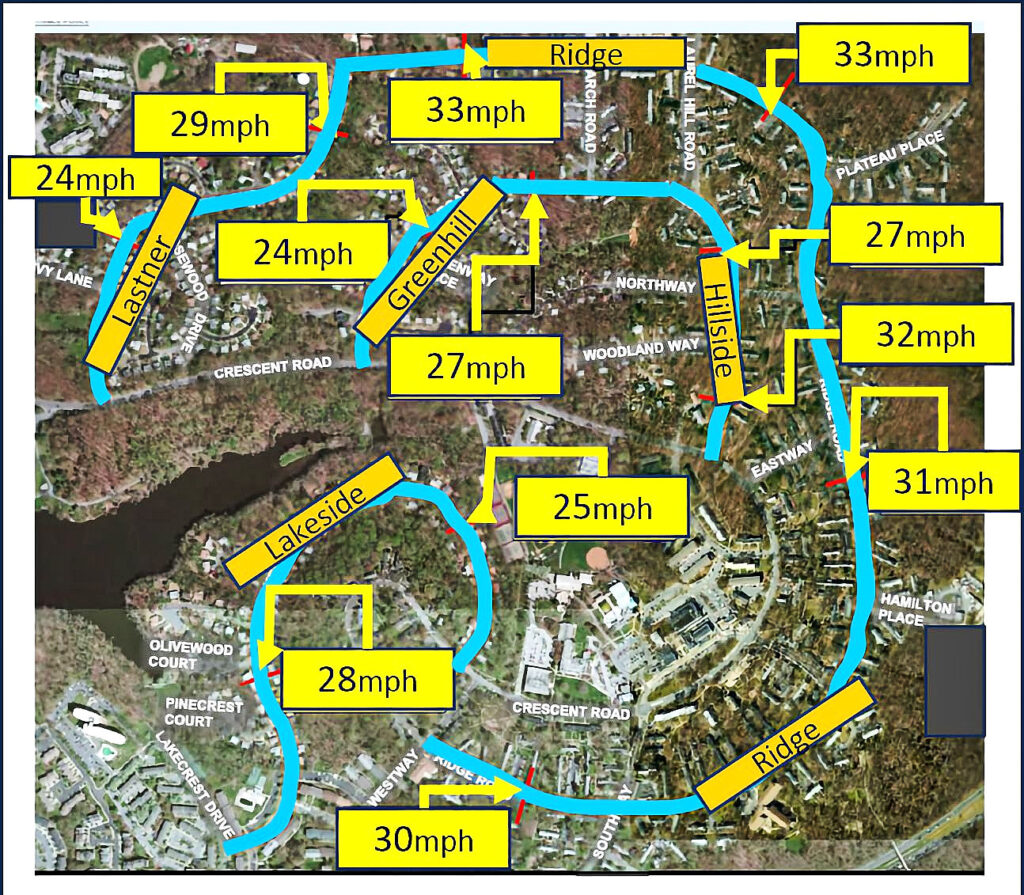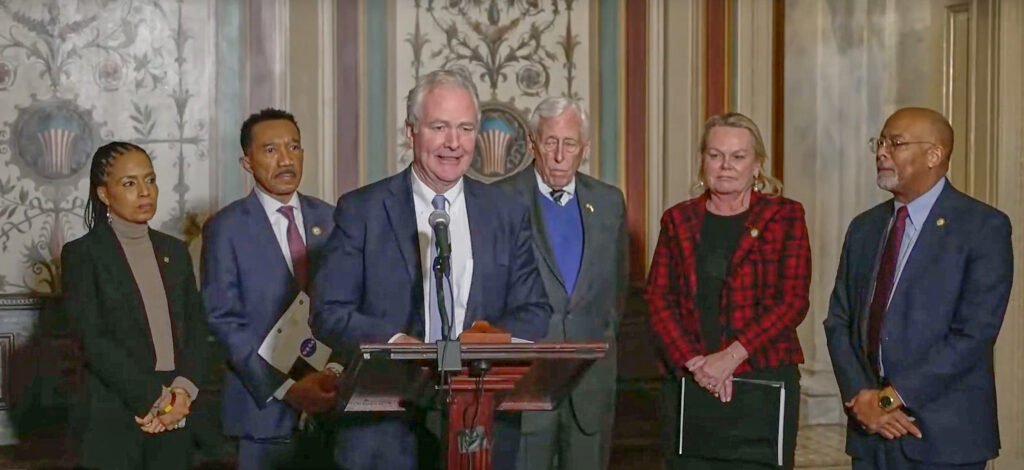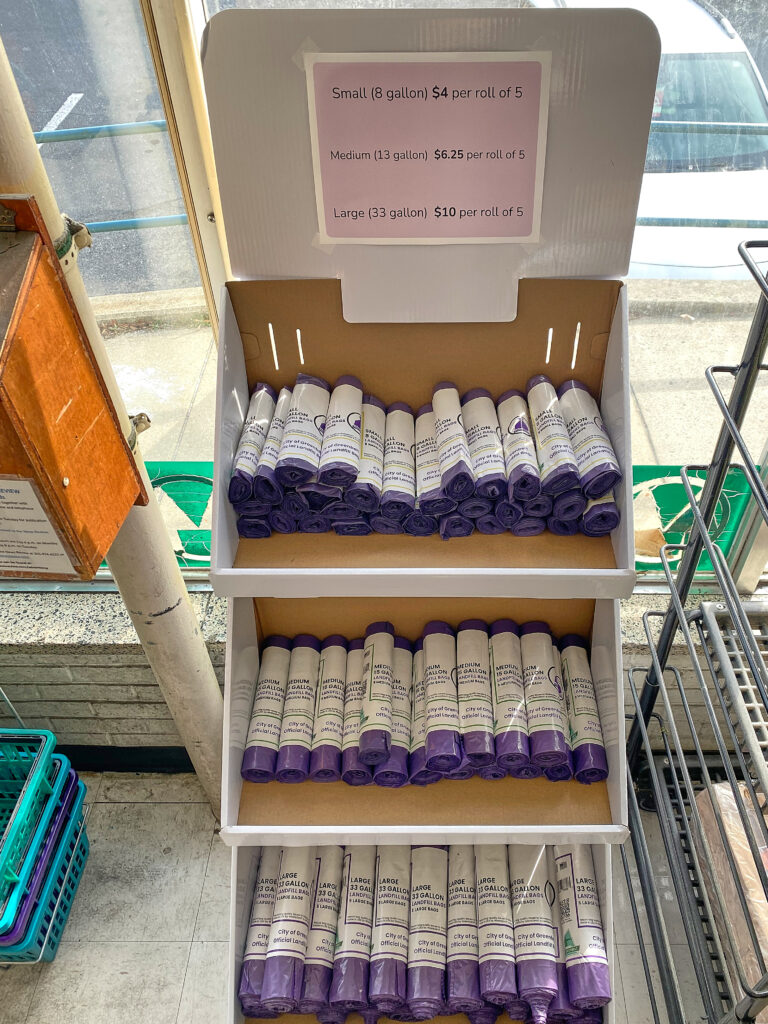The Public Works Department has a wide-ranging set of responsibilities, including maintaining the city’s roads, buildings and vehicles; implementing environmental improvements and sustainability practices; maintaining and beautifying the city’s green spaces and outdoor recreational facilities; waste collection, and snow and ice removal, among many others. Department staff and the Greenbelt City Council met on April 21 to review the proposed budget for the department for fiscal year 2022 (FY22), which begins July 1.
The budget allocates $3.9 million to this department, an increase of 3.6 percent from the amount budgeted in the current year. Despite the department’s active role in battling Covid-19, Public Works actually spent 1 percent less in the current fiscal year than was budgeted.
Public Works is also responsible for the city parks budget, although that is officially reported under the Recreation and Parks budget account. The $1.4 million proposed for FY22 is up 8 percent from the FY21 adopted budget. Other department expenditures are reported in special accounts such as for the city cemetery and the Greenbelt Connection.
Accomplishments
The budget document identifies pages of accomplishments from the mundane “painted all the yellow curbs in Franklin Park” to the impressive “achieved the highest point total ever since the Sustainable Maryland program’s inception.” Readers are encouraged to view the budget document online to see the full range of the department’s accomplishments.
Covid-19
Public Works was a key player in the city’s response to the pandemic. Staff designed, fabricated and installed the plexiglass sneeze guards that have sprouted up throughout city facilities, redesigned some workspaces to allow distancing and continued essential services such as refuse collection. Parks maintenance was possibly the only department where staff could not work from home. Work was redesigned fairly quickly to allow all workers to go about their business while maintaining social distancing. The pandemic also changed how staff cleaned city facilities, Public Works Director James Sterling reported. Department management is constantly preparing as if city buildings were opening tomorrow, which, he noted, comes at a cost.
They also took advantage of buildings being largely empty to conduct repairs and improvements that would otherwise be difficult, such as installing a water filtration system in the Youth Center, where water quality had been acceptable, according to tests, but was discolored and unappetizing in appearance.
Infrastructure
In the current fiscal year, no capital projects were performed unless funded by grants. Thus, the proposed projects are the same as those proposed for the current year. The department has established an equipment life cycle, a replacement schedule and replacement cost estimates for each city facility. Money will need to be allocated for these projects and other needed capital improvements, Sterling said. He urged that the city resurface at least one mile of street each year. With 26 miles of streets maintained by the city, this would create a 26-year re-pavement cycle.
Sustainability
Sustainability continues to be a departmental focus. Currently, all the electricity the city uses is from wind. By the fall of 2022 he expects that the solar farm project will be in operation, which will offset 80 to 90 percent of the current electrical consumption.
The department is shifting from gas-powered to electric-powered vehicles and equipment to the extent possible. Staff must prove that there is no electric-powered alternative before purchasing gas-powered equipment. The purchase of electric leaf blowers, chain saws and the like has been popular, Sterling reported, as they are generally lighter than the gas-powered equivalent. However, there is some equipment for which there is yet no acceptable electric option such as large chain saws and pickup trucks used for snow and ice removal.
Staffing
Sterling reported that Public Works is currently seeking to fill three supervisor positions with another retirement expected by the end of the year. As part of this process, they are evaluating the department’s current needs and operations and modifying the job responsibilities in response. He expects that the organization chart will look much different in the FY23 budget document. No additional positions are requested. Sterling noted, however, that the department will be taking on the maintenance of Greenbelt Station rights-of-way and park areas. In addition, remaining Sustainable Maryland Certified imposes additional workload and the no-spray pesticide policy has created more manual labor to maintain the city parks. At some point, he said, these needs will require additional staffing to maintain the current level of services.
Waste Collection
The FY21 adopted budget had projected a $29,800 loss in the waste collection and disposal budget. The department did somewhat better, losing $9,900. A larger loss ($52,500) is projected for the next fiscal year. No increase in fees is requested.
Greenbelt Connection
Demand for rides remains high. Sterling said that on weekdays it is hard to get a ride unless the resident makes a reservation several days in advance. When asked by Councilmember Silke Pope if the city could increase the range of the service, taking residents further afield, Sterling noted that it would be difficult to maintain the schedule if the buses go further away.
Fares remain unchanged with seniors paying $1 per ride and others paying $2. The connection consistently operates at a deficit with fares bringing in $7,400. Tax revenue pays the remaining $118,700.
Since the city is currently using Berwyn Heights’ connection bus, Councilmember Rodney Roberts wondered if the city could operate both buses regularly, rather than using the second bus as a backup. Sterling noted that the budget does not cover the cost of a second driver, which Mayor Colin Byrd immediately requested to add to the list of possible additions for discussion at the May 17 final budget worksession.
Other Additions
Councilmember Judith Davis asked that a “tree canopy enhancement program” be added to the list of possible additions. This program would pay residents to plant trees.



